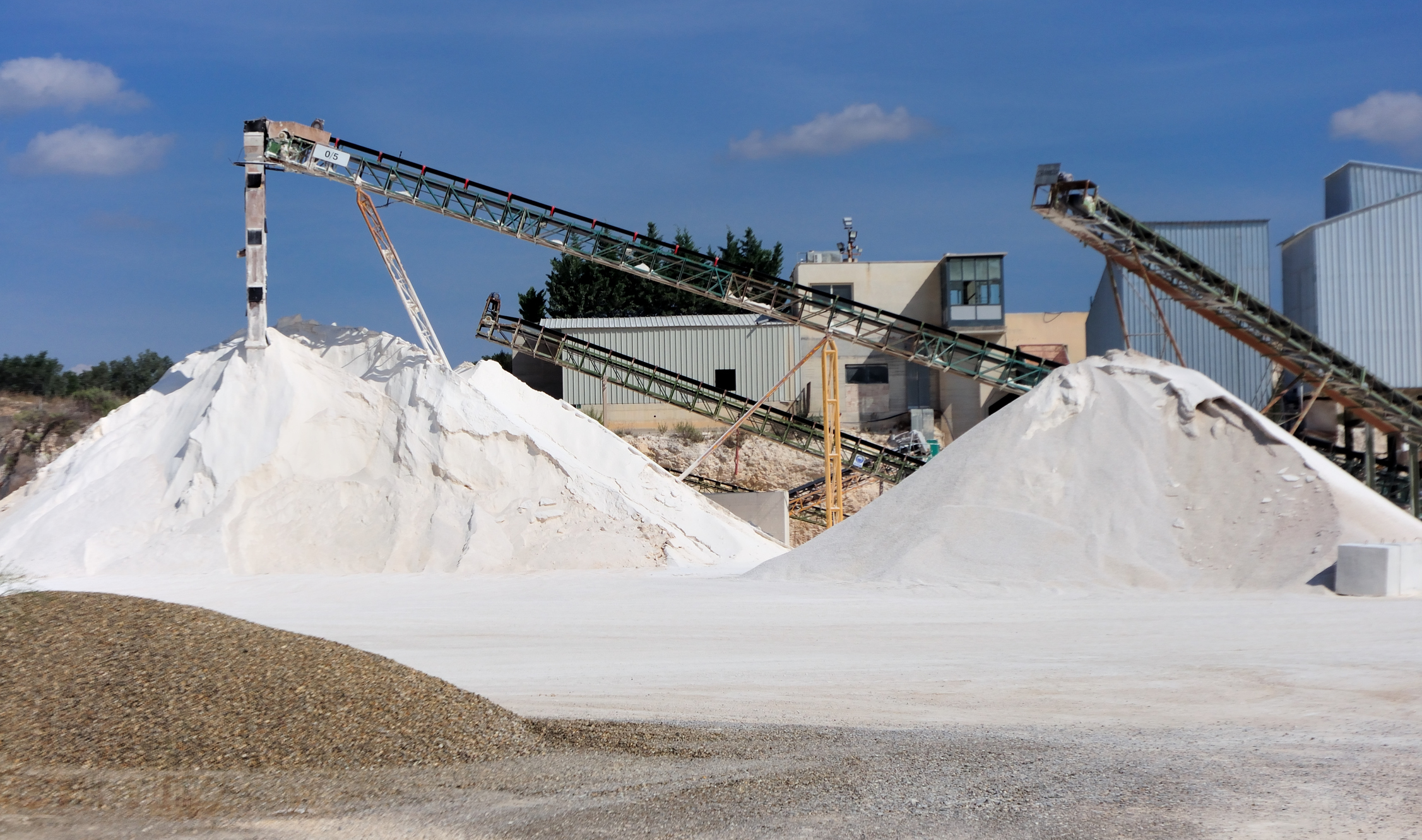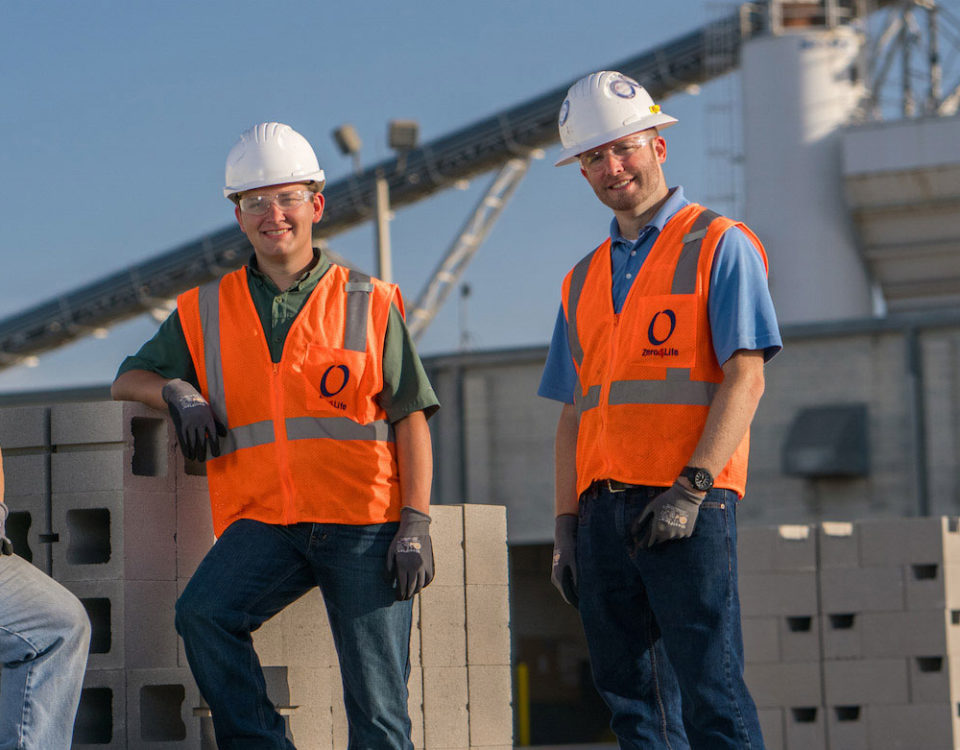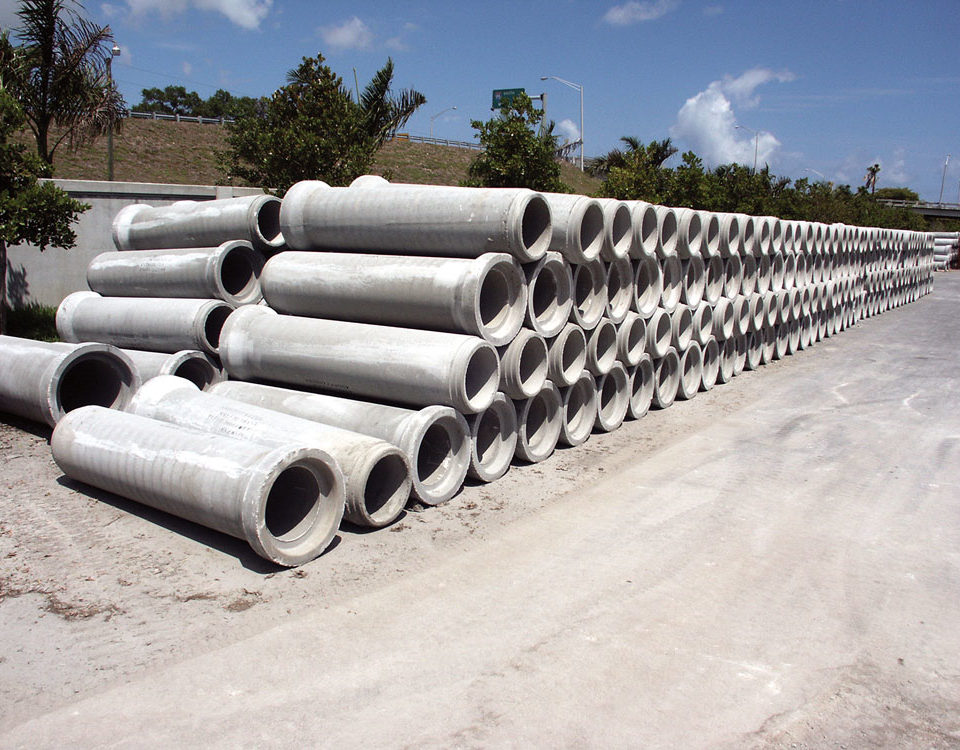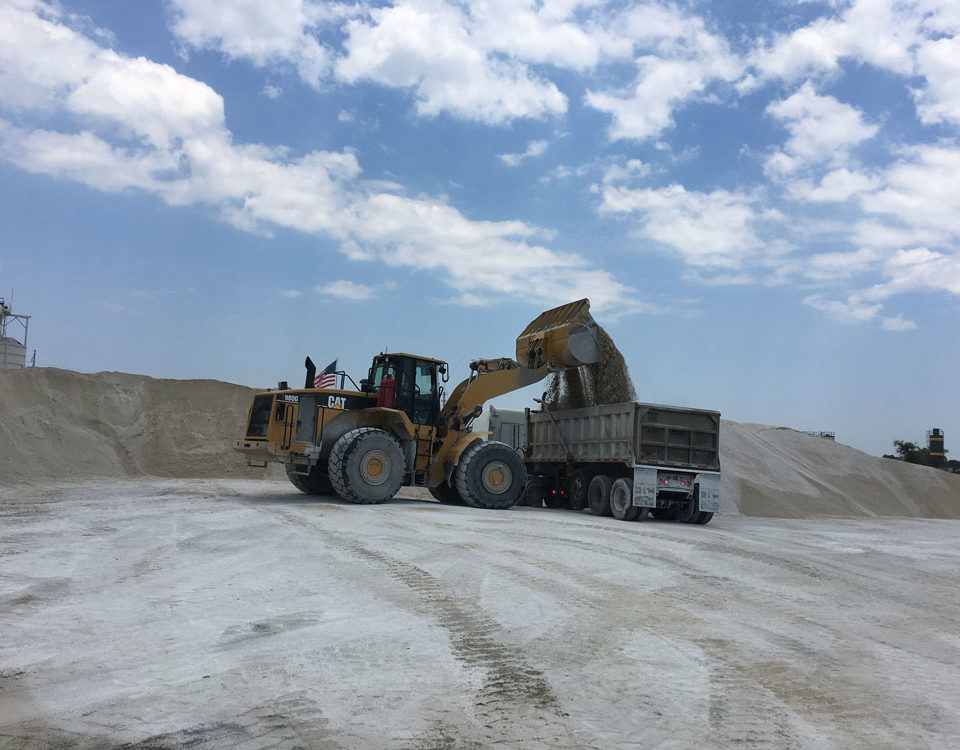
Lime Rock Quarries Infographic
November 21, 2017
Limestone: The Not-so-Secret Ingredient to a Better Infrastructure
January 2, 2018The Lake Belt Project
The Lake Belt region encompasses nearly 50,000 acres, located at the western border of Miami-Dade County. The Lake Belt’s wetlands and lakes provide a buffer, protecting the Everglades ecosystems from urban sprawl and development.
The state legislature has specifically identified the importance of the Lake Belt area to Florida’s economy and environment. The legislature formulated a blueprint for the Lake Belt region, the goals of which are:
- Enhancement of the public’s water supply resources;
- Maximization of efficient limestone recovery;
- Promotion of the social and economic welfare of the community;
- Halting/buffering of urban sprawl; and
- Eliminating nonnative vegetation, wetland revival, and the overall restoration of the Everglades.
The Rehabilitation of Quarries
The goal of reclamation or rehabilitation of quarrying lands is to transform the land into a useable habitat. Reclamation involves restoring a natural grade to the mining area and providing suitable topsoil for native vegetation to propagate, so the former quarry develops into a healthy ecosystem. The potential for reclamation is an important factor in the determination of the viability of quarrying operations before production has even begun.
Restoration of the Everglades
South Florida is home to some of the most important limestone operations in the United States, generating thousands of jobs and billions of dollars for the regional economy. Since 1999, however, the limestone products industry has contributed over $126 million to protect, preserve, and restore the Florida Everglades as part of the Lake Belt Plan.
Limestone operations have helped to fund the acquisition and restoration of over 12,000 acres of wetlands, while additionally making contributions to help safeguard Miami-Dade County’s water supply;, including nearly $20 million of funding to upgrade water treatment facilities.
Limestone operations create valuable ecosystems near local wells, helping to keep pumps online and buttressing water storage with a system that makes plentiful, clean, and low-cost water available to millions of South Florida residents.
Limestone quarries also serve as vital water storage for the South Florida Water Management District’s Everglades Restoration Plan.
In addition to providing a protective buffer between the Florida Everglades and the urban sprawl and development of South Florida, former quarry lands also serve to protect the Everglades from the invasive Melaleuca tree. The tree was introduced into the Everglades in the early twentieth century essentially to serve as a sponge to existing wetlands. Melaleuca trees grow quickly and have an insatiable thirst for water; they thrived in the Everglades and displaced much of the native vegetation, including cypress and sawgrass. Much of the land that is utilized and considered viable for the quarrying of limestone is heavily infested by Melaleuca, which the State of Florida and many environmental groups are desperate to eradicate.




